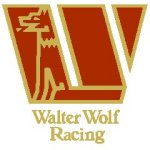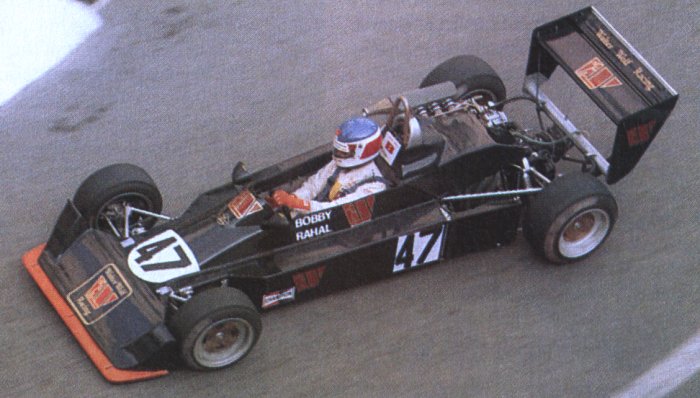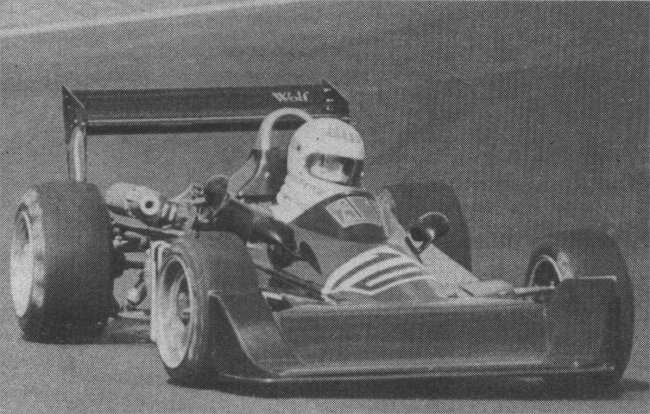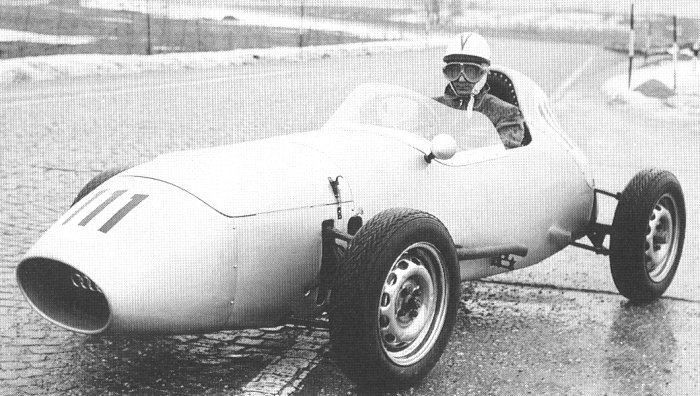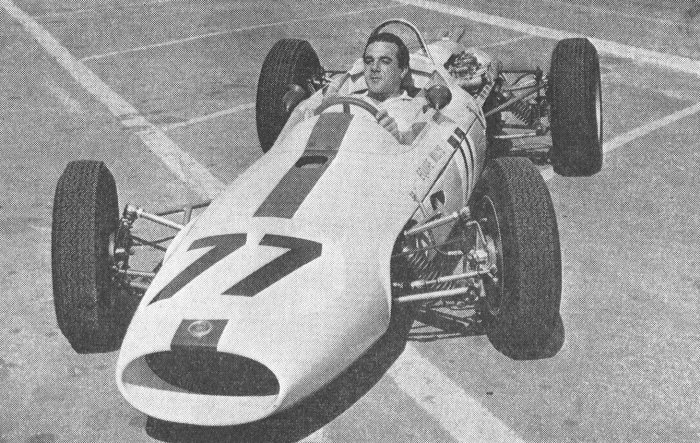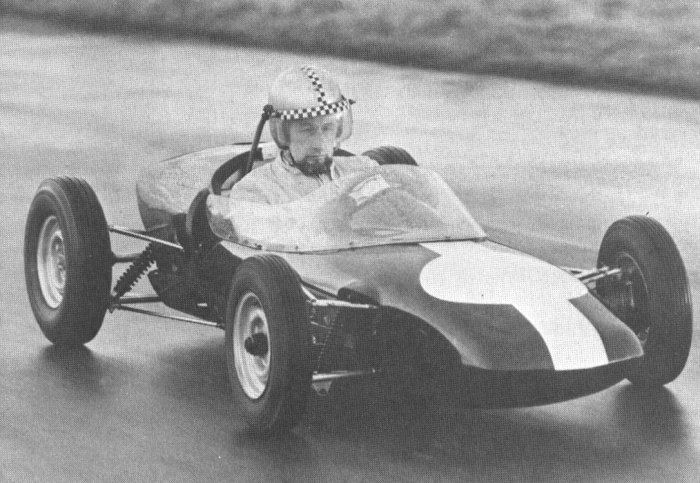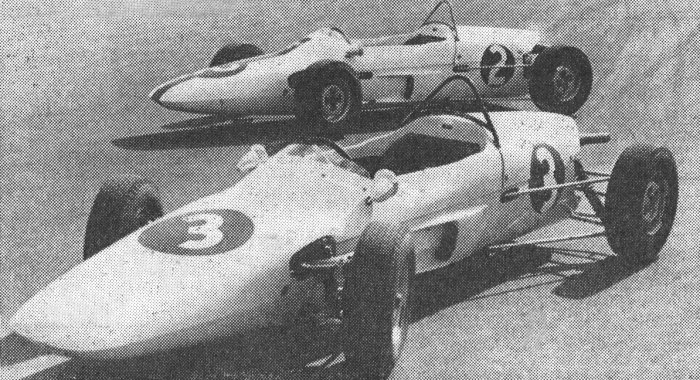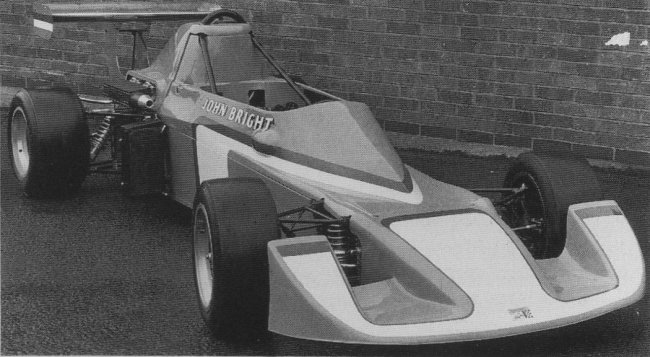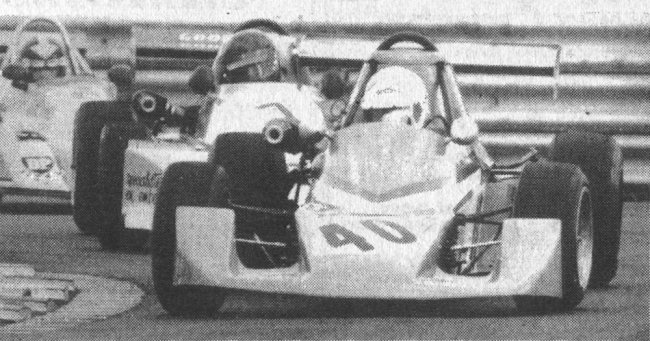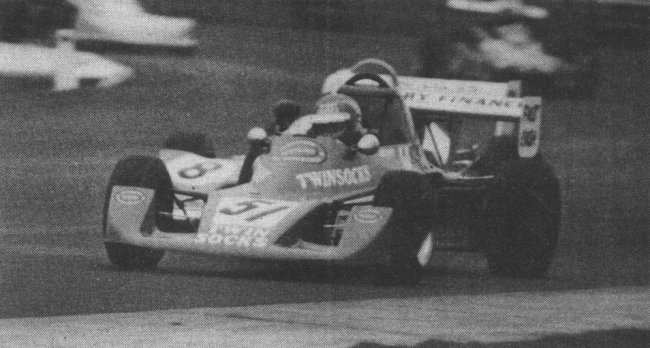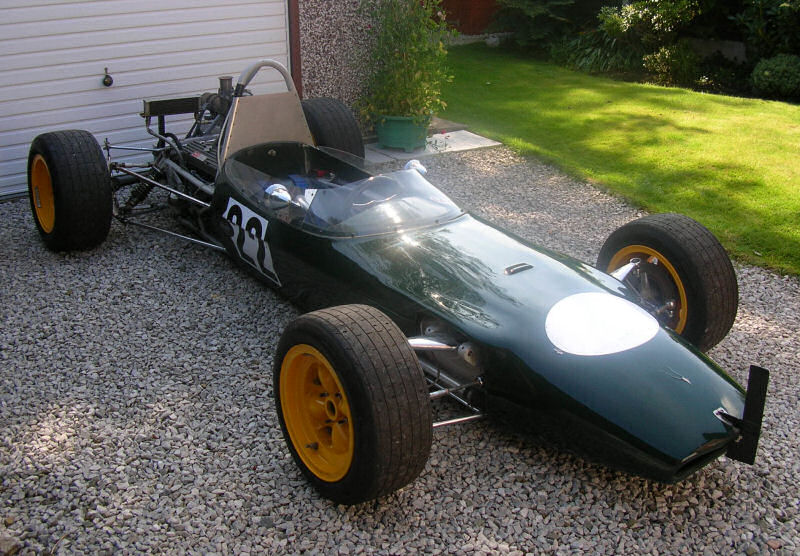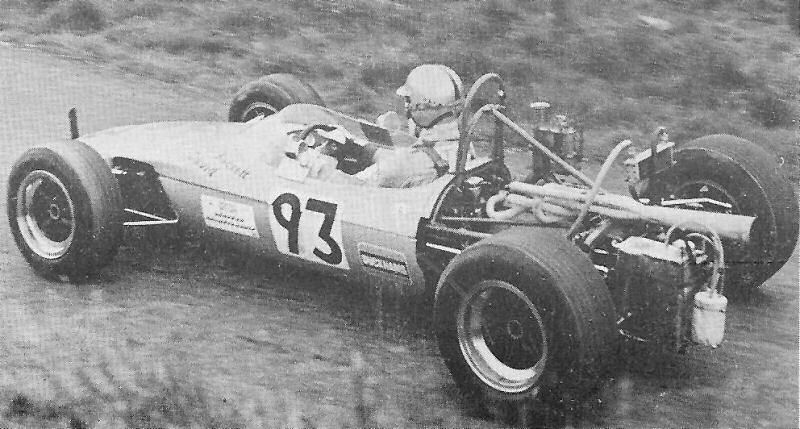Hrubon
Wolf
Wolf
1978
1979
Drivers
1978 Roberto Farneti, Horst Fritz, Miguel Angel Guerra, Anders Olofsson, Bobby Rahal.
1979 Guido Pardini.
Hope
Hartmann
Hartmann
Amazingly the Hartmann was entered for the final F3 race on the banked Avus track in September 1967, amazingly because the Hartmann was a front engined DKW-powered F Junior model. The car had an alloy body with a bulbous nose, it had a simple frame consisting of two box side sections from a DKW saloon, there was additional cross bracing with an engine cradle. The front suspension, brakes, steering and wheels were also sourced from a standard DKW, the rear axle was located by radius rods with telescopic dampers and a transverse leaf spring. The car used a four-speed gearbox and a differential and was front wheel drive, unsurprisingly it wasn’t in the least competitive against its modern rivals.
Drivers
1967 Ernst Wagner.
Willys-Gavea
Willys-Gavea
Drivers
1966 Wilson Fittipaldi.
JW4
JW4
A JW4 chassis took part in one race at Stockholm in September 1967, driven by Sigvard Johansson it was unplaced. The JW4 was first built in 1965 by Johnny Walker for F4 racing, originally they were fitted with a 250cc Villiers Starmaker engine but the engine proved unreliable. The car was rebodied for 1966 and a number of the cars were sold to customers. In 1967 Walker approached legendary aerodynamacist Frank Costin (creator of the F1 Vanwall bodywork) to design a new car, work was slow due to financial constraints and although the car was finished late in the year and tested successfully Walker decided to retire from racing. The car raced by Johansson was the later Costin design and was fitted with the three-cylinder, two-stroke 850cc Saab engine that was fitted in the Saab 96 model introduced in 1960, this was the most powerful of the Saab engines.
Thanks to Peter Johansson for additional information.
Drivers
1967 Sigvard Johansson.
Wheatcroft
Wheatcroft
1977
1978
Drivers
1977 John Bright.
1978 John Bright.



